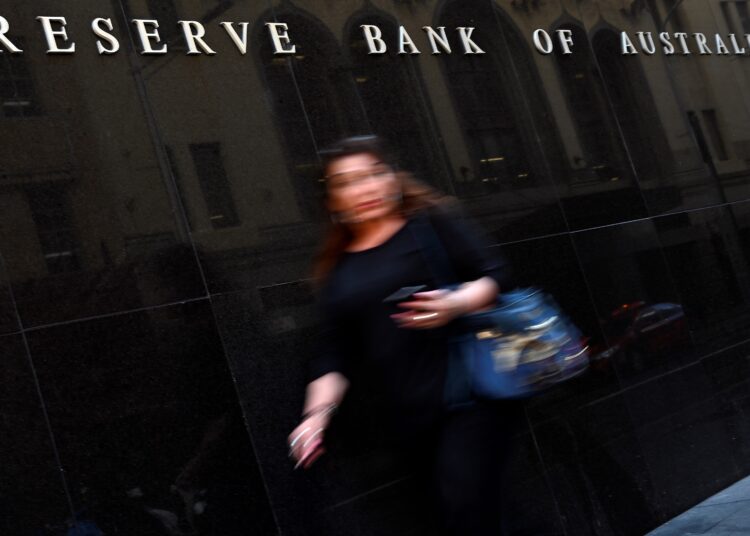Australia’s central bank on Tuesday hiked interest rates to their highest level in a decade, heaping more pressure on mortgage holders as it tries to dampen soaring inflation.
The Reserve Bank of Australia lifted borrowing costs 25 basis points to 3.1 percent, mirroring global efforts to tame runaway food and energy prices by encouraging saving over spending.
Bank governor Philip Lowe said inflation was expected to soon peak at eight percent, a level not seen since the early 1990s.
More rate rises were likely in coming months, before inflation is predicted to recede towards the end of next year, he added.
“The board expects to increase interest rates further over the period ahead, but it is not on a pre-set course,” he said. “It is closely monitoring the global economy, household spending and wage and price-setting behaviour.”
Some analysts have raised concerns about the ability of mortgage holders to cope with the higher interest rates.
Australia faces a debt crunch next year when more than Aus$2.5 billion (US$1.7 billion) in temporarily fixed-rate home loans move to a variable rate — exposing borrowers to drastically higher repayments that they may then struggle to meet.
“The board recognises that monetary policy operates with a lag, and that the full effect of the increase in interest rates is yet to be felt in mortgage payments,” Lowe said.
The federal government has also been considering capping the domestic cost of wholesale coal in a bid to bring down electricity prices, which are forecast to rise as much as 50 percent in the next two years.




























Discussion about this post